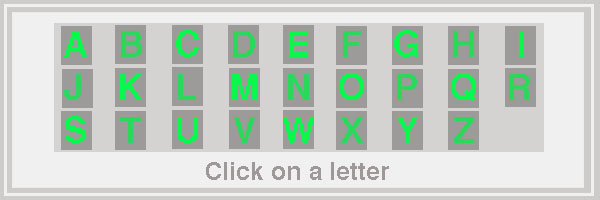

USER'S GUIDE

There are close to 1,000 words (964 to be exact) within this online dictionary. Instead of vocabulary words being spelled out with an alphabet, Tapissary uses its own brand of hieroglyphs which are called çelloglyphs. There are approximately 8,000 çelloglyphs in the Tapissed language, but the simplified dictionary you see here is a small version, and presents 964 of the most commonly used çelloglyphs. The vocabulary pages of this dictionary were uploaded from Nov. 26 to Dec. 29, 2008.
The online dictionary contains 5 parts: The vocabulary of 964 characters / the alphabet / a list of affixes / a simplified grammar reference / and the system of reading forward and backwards which is called boustrophedon. With these 5 reference categories, the reader can begin to use Tapissary in its basic form.
ALPHABET: Though I mentioned above that Tapissary is a hieroglyphic language, there is also a syllabary and an alphabet to support those words that do not have a çelloglyph. The syllabary is very complicated with hundreds of letters. To make it simpler for my visitors, I have included the page on the alphabet, which is all-purpose.
AFFIXES: The affixes page will give you the ability to expand your vocabulary. For instance, a list of many key suffixes and prefixes allow you to take the çelloglyph for 'add' and tag on the 'tion' to form 'addition'. Affix un + believe + ble together to render 'unbelievable'. Etc.
GRAMMAR: The grammar section touches on simple grammatical functions that will allow you to form sentences. Such subjects as the plural, past and future tenses, negative, possessive, etc, are displayed in simple terms. There is also a film on that page which serves as an orientation to the çelloglyphic language. Many of the charts are taken from the film.
BOUSTROPHEDON: Tapissary is written both 'forwards' and 'backwards', alternating direction down the page. That style of reading languages is refered to as 'boustrophedon'. It was applied to several languages of the ancient world. The back and forth movement is easy on the eyes. To distinguish the direction in which to read each line, some of the more common words have a special backward form. You can tell instantly while looking at a text, in which direction to travel on any line.
Nov. 26, 2008